
Where to Find Real Chicha in Peru!
Written by:Valencia Travel
Last Update: 2025-06-25
“picanterias” and “chicherias” are hotspots for local people and where friends and family come together to celebrate life, friendship, local food and drink. The Andean people have been doing so for generations. In the Cusco region, friends meet up at chicherias to talk and laugh over a large glass of chicha de jora, the corn beer or the sweeter, red, frutillada, which is the version containing strawberries, in the Cusco region.
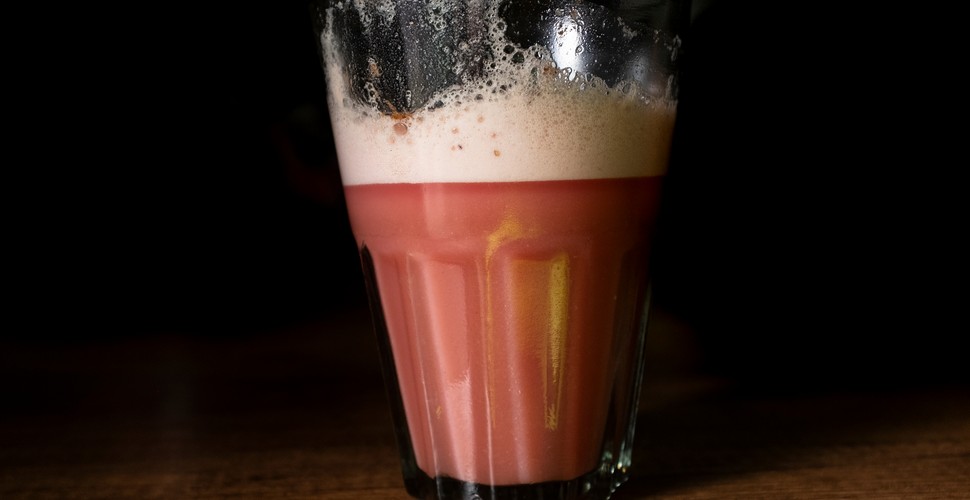
Fruity frutillada
Families gather in the picanterias, enjoying delicious traditional plates, like adobo or chicharron. Basically, the main difference is that picanterias focus more on the food side of gastronomy, whereas in chicherias, the enchanting chicha takes centre stage.
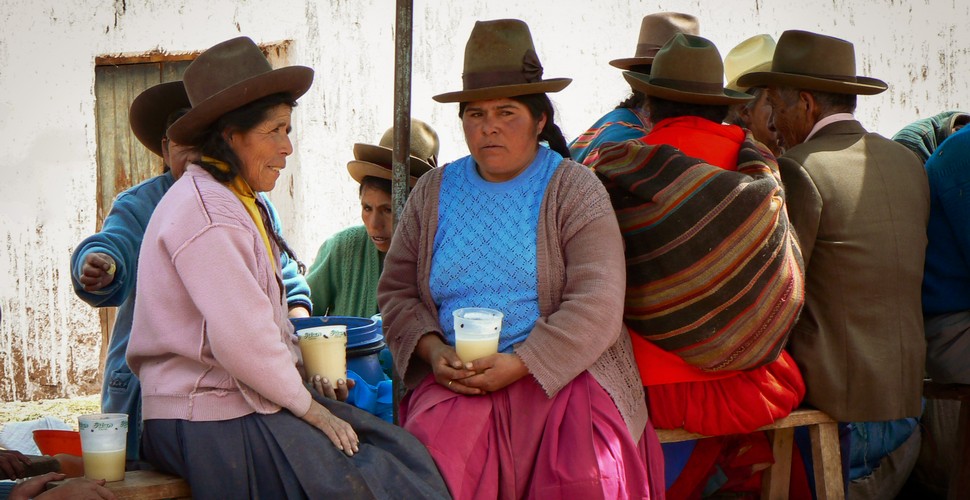
Rural Chicheria in Cusco
A brief history of the Chicheria
Chicherias are a central part of Andean culture, dating back to before Inca times. The Quechua people of the Inca empire, had public places where people could gather for food and drink. These places usually found along roadsides, where travellers could rest up, as well as in towns and villages where locals could meet up for a refreshing chicha and a bite to eat. Today, you can spot a chicherias by the red flag or plastic bag attached to a long pole above the door.
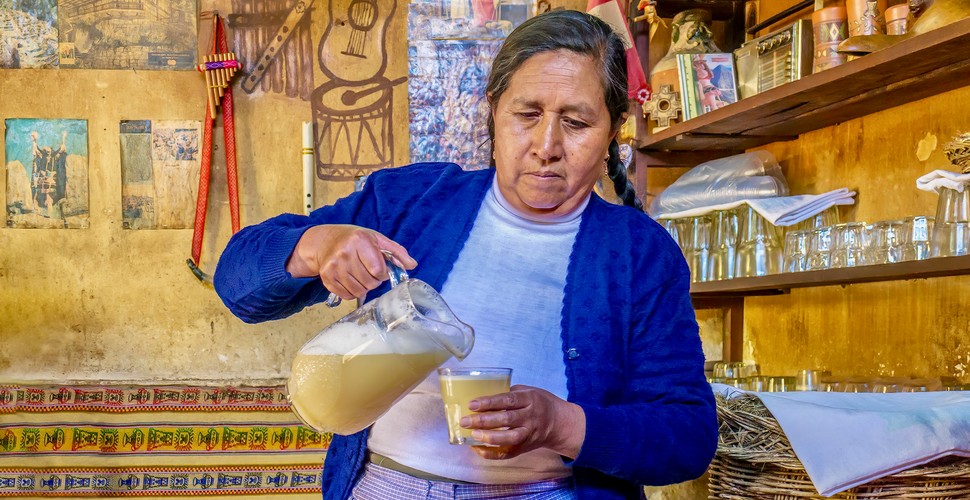
Serving up chicha de jora
Technically, “chicha” is a word used in the Andes for almost any homemade fermented drink, using different grains or fruits specific to the area. There are three main types of chicha: one made from quinoa, one with maize, and another one made from maize and infused with strawberries, called frutillada.
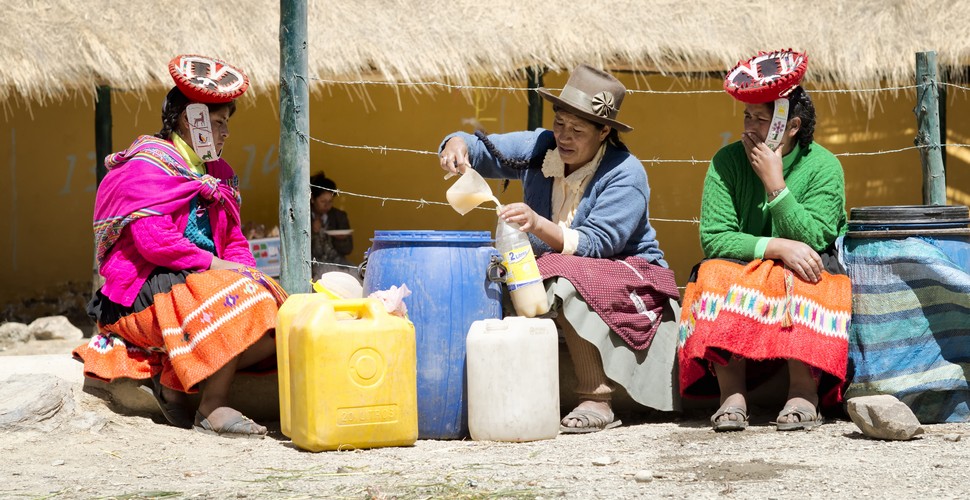
Chicha de jora "to go"
The traditional method used to make chicha, and a vital part of the fermentation process used to be activated by chewing the corn kernels; women would chew the corn before spitting it into a bucket for fermentation and adding other personal ingredients of choice. Today it is often debated if the corn, has been “pre-chewed” before brewing!
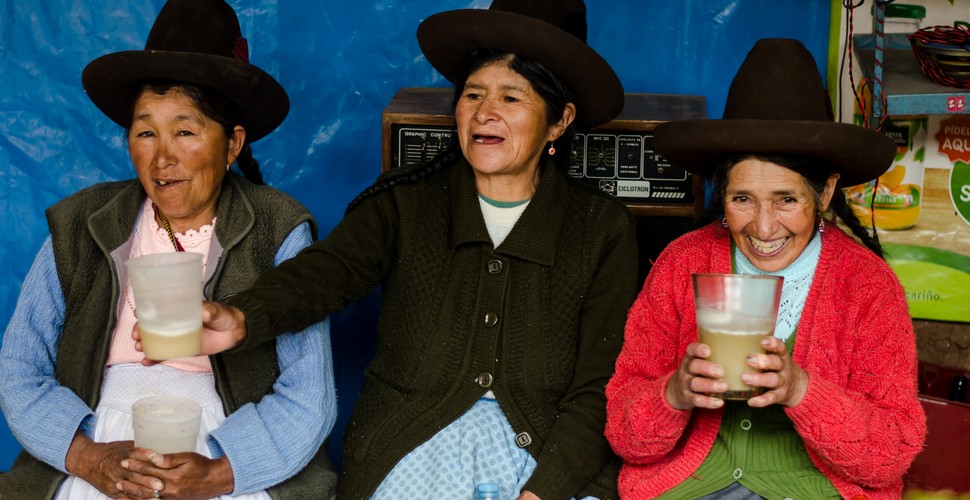
Salud!
Picanterias
Picanterias on the other hand, came about as a side business of the traditional Andean chicheria but with a different angle. Whereas chicherias were places for friends to gather for a drink, the picanterias were more focused on food, and as a place for families to come together.
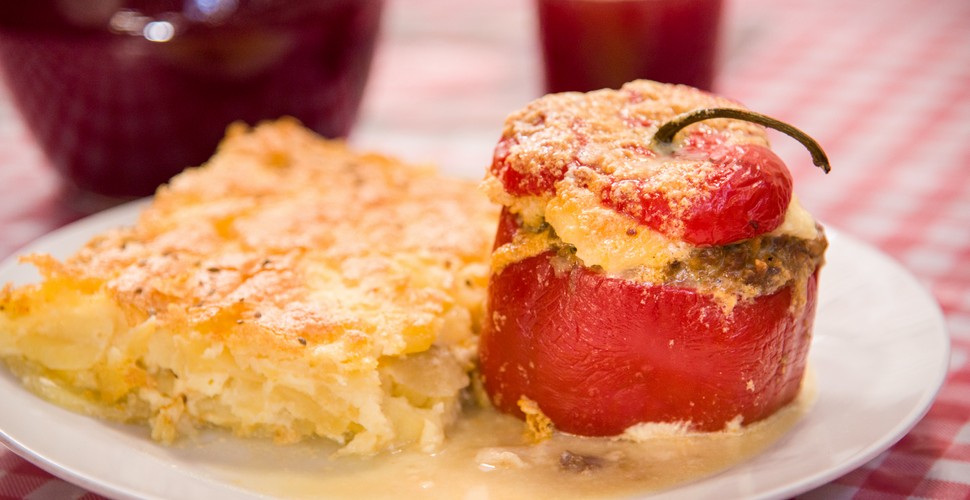
Pastel de papa and Rocoto relleno
Picanterias get their name from the various plates they sell, often being quite spicy or ‘picante´. As with chicherias, most picantarias are woman-owned businesses and are named after their owner “La Chomba,” “Las Manuelitas,” and “La Cusqueñita” are some great examples, and some of the best picanterias you can come across in Cusco.
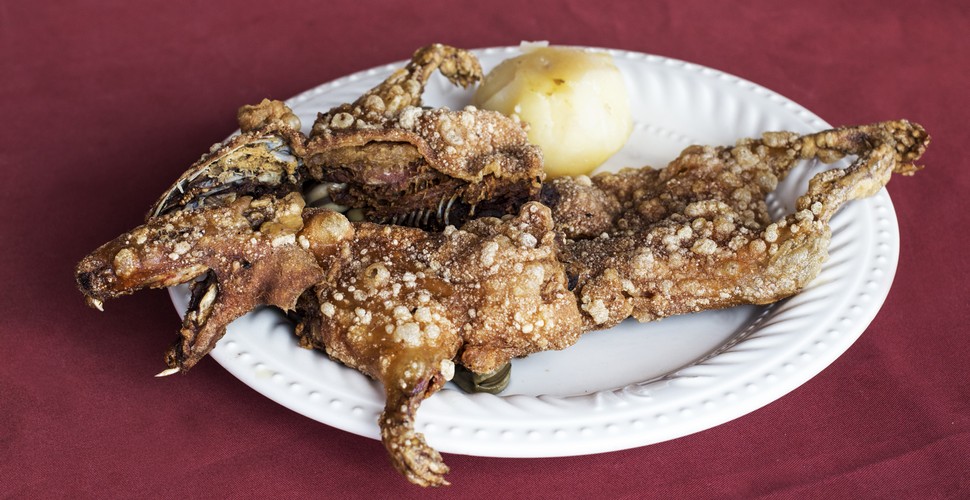
Guinea pig on the menu
Cultural tradition
Chicherias and picanterias as well as being places for friends and families to hook up, have also attracted a number of Peru’s artists and authors and many a business negotiation has been pacted in these establishments. Due to their importance in Peruvian culture and offering Peru’s traditional cuisine, the Ministry of Culture recognized chicherias and picanterias as a cultural heritage and national treasures in their own right.
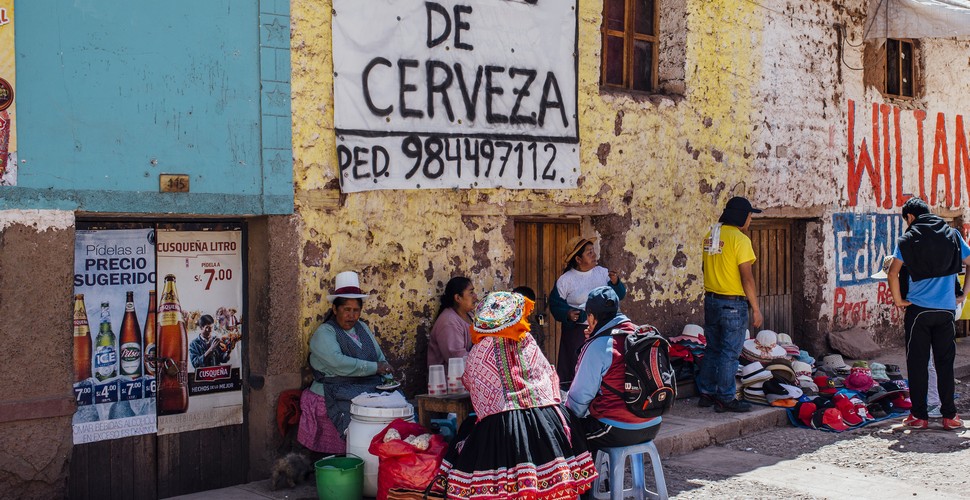
Chicheria in the Sacred Valley
On your vacation to Peru, if you are looking to immerse yourself in local culture and try some delicious local, traditional dishes, look for the red flag! Always go with a local’s advice and enjoy plates such as malaya, costillar frita, or a scrumptious chicharron. Finish off with a sour tasting and refreshing chicha de jora or a sweeter, fruity frutillada, while sitting back, relaxing, and experiencing what is an authentic Peruvian tradition.







